Explore the history of Townsville’s quirkiest suburbs
From mysterious mushroom circles, secret tunnels, fairy gardens, dildo racing, cat poo coffee, haunted buildings and the origin of suburb names, discover some fascinating facts about Townsville.
Townsville
Don't miss out on the headlines from Townsville. Followed categories will be added to My News.
SINCE its founding in 1864 as a port for the fledgling pastoral industry in North Queensland, Townsville has grown to become Australia’s largest urban centre north of the Sunshine Coast.
The city now boasts 43 urban suburbs, five suburbs on Magnetic Island, 12 suburbs in the Northern beaches, and 38 rural suburbs.
Each suburb has developed its unique quirks, based on historical events, notable landmarks, colourful characters, and the occasional urban legend.
Quirky is defined by the Merriam-Webster dictionary as “unusual in especially an interesting or appealing way”.
Following extensive research and consultation, we offer you a short list for Townsville’s “quirkiest” suburbs.
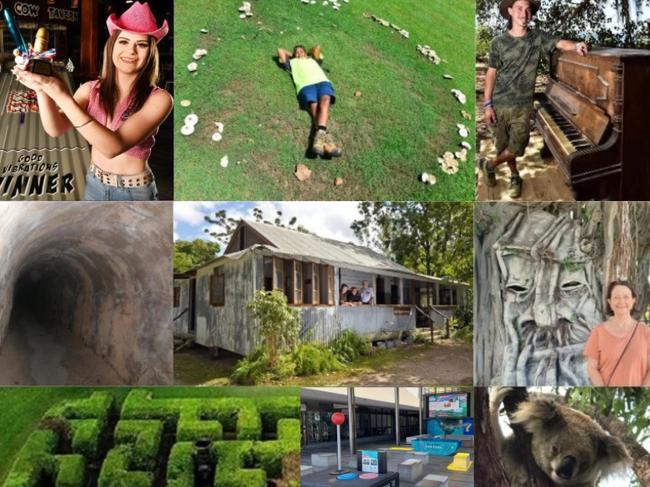
West End
• Originally known as Townsville West, the name West End was in common use by the 1920s.
• West End was the dead centre of town, playing host to the city’s oldest cemetery, with plenty of stories told by locals about the area being haunted – a strategy to scare kids and keep them out of the graveyard.

• If you take a walk down Garrick Street, an original horse hitching post can be spotted.
• A fascinating phenomenon can occasionally be observed in West End Park – a circular ring of mushrooms growing in the grass.

• Tongues were sent wagging in 2013 after Telstra contractors working with a jackhammer punched through into a cavern under Church St.

Reaching in to take pictures, they captured a 1m by 1m tunnel, with stone-pitched walls, a flat concrete base and curved concrete ceiling that “heads straight from the middle of Castle Hill’’.
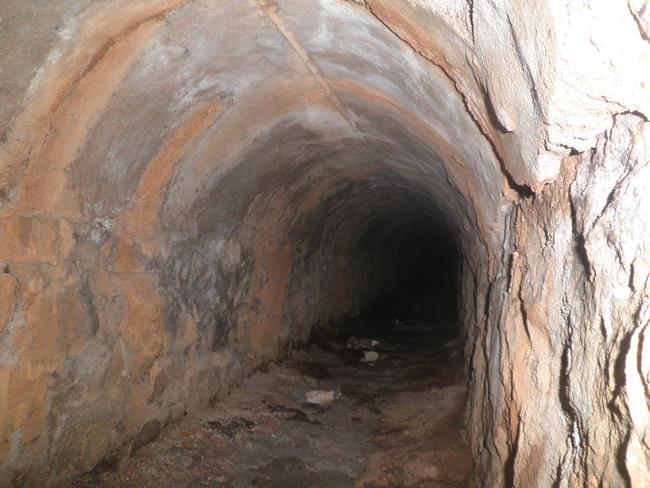
While a council historian believed it was an old storm drain, many residents believed it was evidence to support the urban legend of secret army tunnels carved throughout Townsville.
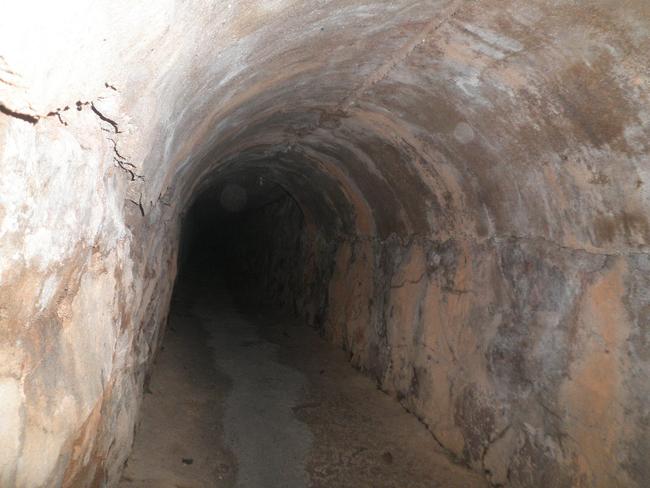
• Ex-serviceman has told of entering a Castle Hill bunker via the old RAAF headquarters in Green St, West End, through two concrete swing doors wide enough to take a five-tonne truck.
North Ward
• Originally known as Townsville North, North Ward was gazetted in 1880, deriving its name from the electoral division of the same name.
• The suburb centres around the beachfront area known as the The Strand, which boasts a waterpark, the Rockpool, Jezzine Fort, the Army Museum North Queensland, and bogans taking their hotted-up cars on “Strand runs”.

• Every two years, visitors to the Strand are treated to the Ephemera sculptural exhibition where eye-catching artistic creations, including sandcastles, dominate the landscape.
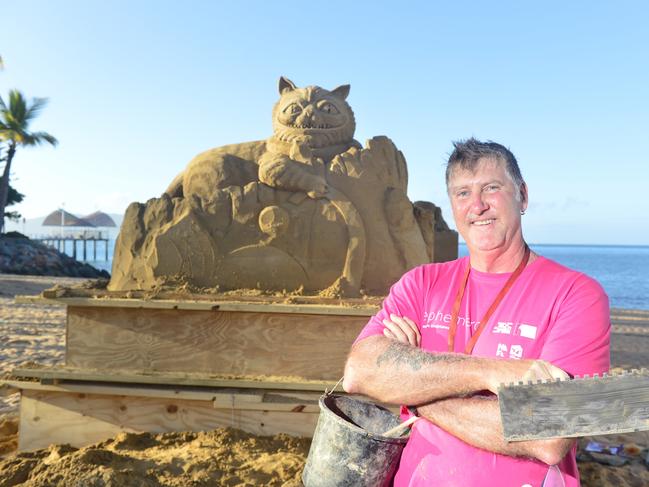
• A $1.54 million permanent light is installed near the base of Castle Hill, bathing the suburb in an eerie light at night.
• Residents on Alexandra St banded together to cheer up a neighbour battling cancer by creating a community fairy garden featuring an assortment of brightly coloured ornaments, flowers and decorations.

• The heritage-listed former Townsville General Hospital is steeped in history, and some might say ghosts, but these days it is luxury apartments called Fulton Gardens.
• Rumour has it that there was a tunnel running from the hospital, under the road to where the old morgue was located next to the Queens Gardens.
• Established in 1870, Queens Gardens are the oldest botanic gardens in Townsville, featuring two hedge mazes, a cactus garden and a bird aviary, which has existed in varying incarnations since the 1930s.
• The Kissing Point Fortification was built in 1891 to protect shipping in the harbour. In 1940 it was reinforced with two 4.7 inch guns, searchlights, and concrete ammunition stores before the guns were relocated to Cape Pallarenda in 1943.
Hervey Range
• The mountain range and the locality were both named in 1861 by Phillip Somers after Matthew Hervey of Dotswood pastoral station.
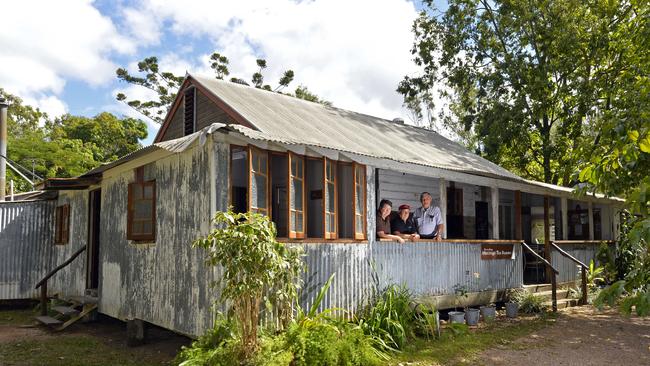
• Formerly known as the Eureka Hotel, Hervey’s Range Heritage Tea Rooms are steeped in history, with the location in use since 1865 – where the horses could rest after slogging up the range. Now up for sale, the famous tea rooms are a great place to have a wedding, meet a ghost, eat a scone, and wash it down with a famous $50 “cat poo” (Kopi Luwak) coffee.

• The abandoned Greenvale Railway Line transported nickel from the Greenvale mine to a smelter at Yabulu. The hike to the tunnels developed a cult following for locals to capture stunning pictures to share onto social media but the private property’s owner blocked access in September last year.
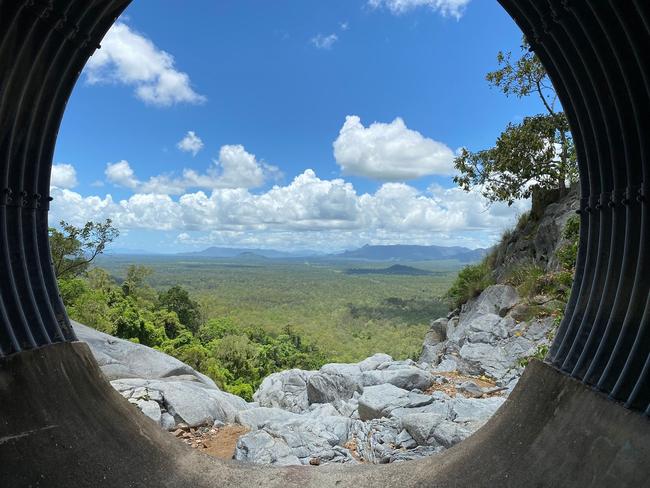
• On another private property, a large rock formation called Turtle Rock plays host to ancient Aboriginal ochre paintings dating back over 4000 years old.
• If you type “Ben Lomond uranium mine” into Google maps, the pin will land on a big, white shed in the middle of nowhere. That shed was built to house tonnes of radioactive uranium ore to prevent it from contaminating Keelbottom Creek, like it did after a tremendous amount of rain fell in 1981.

Magnetic Island
• The island was named by Captain James Cook in 1770, when he noticed a magnetic pull emanating from the island that was interfering with his vessel’s compass.
• The island’s residents are renowned for being “colourful” and often very environmentally focused.
• In 2021, Townsville City Council proposed a new local law that all cats on Magnetic Island would need to be registered and no new cats would be able to be brought onto the island.
• Hiking on the island’s famous Fort Walk to the WWII fortifications, you might spot microbats hanging from the roof of bunkers and most likely see koalas in the trees.

• Home to an estimated 800 koalas, the iconic marsupials did not previously exist on island but were introduced as an insurance population in the late 1930s after numbers were decimated on the mainland by fur hunters.
• Radical Bay was known for having an old piano, which was much photographed but sadly the original piano and its successor were vandalised and destroyed by fire, with only the metal frame and strings remaining.
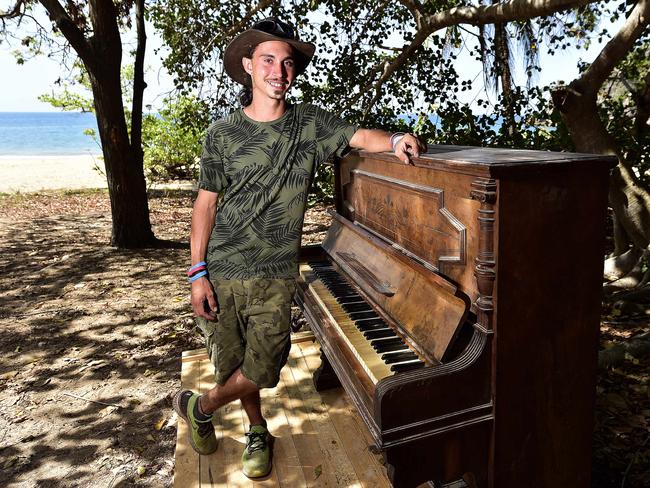
• In Horseshoe Bay, you can take a magical stroll through the melaleuca forest to marvel at the thousands of Blue Tiger Butterflies that have migrated to the island for their winter rest.
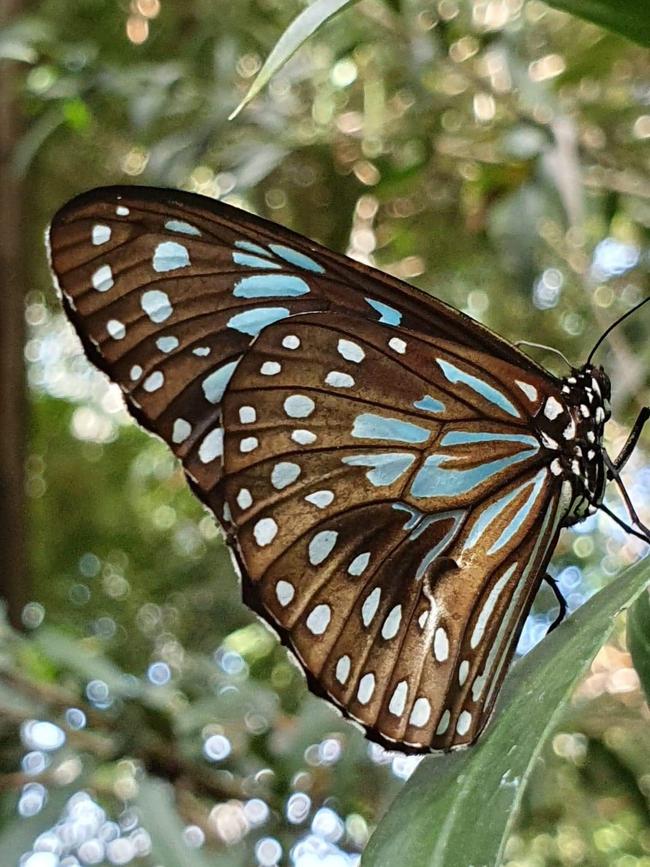
• Balding Bay is commonly regarded as the island’s nudist beach.
• Off the coast of Magnetic Island, scuba divers will soon be able to admire underwater sculptures as part of the next stage of the Museum of Underwater Art.
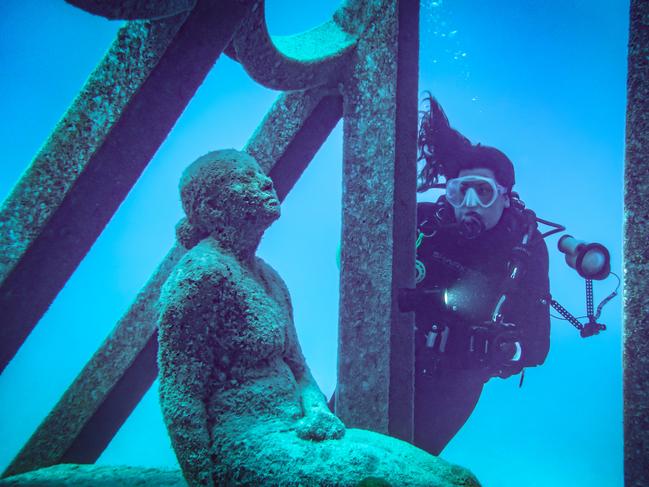
Mount Louisa
• The mountain was originally named by Andrew Ball after a lady of his acquaintance.
• The suburb is home to the urban legend surrounding secret bunkers allegedly dug into the mountain during WWII. All manner of items including jeeps, aircraft and equipment were rumoured to be stored in these massive bunkers but search operations were unable to produce any definitive proof.

• Snakes are not the only reason why you should be careful when walking through the bushland around Mount Louisa – there’s also an old, hidden well filled with frogs.

Townsville City
• Townsville was named after Robert Towns, an entrepreneur, businessman and accused blackbirder who agreed to provide financial assistance to the new settlement despite only visiting the early settlement briefly.
• The city features a collection of murals on buildings and the overlooking water tank.

• Wandering through the Perfume Garden Park you will spot a range of different sculptures and architectural pieces with plaques detailing their interesting backstories.
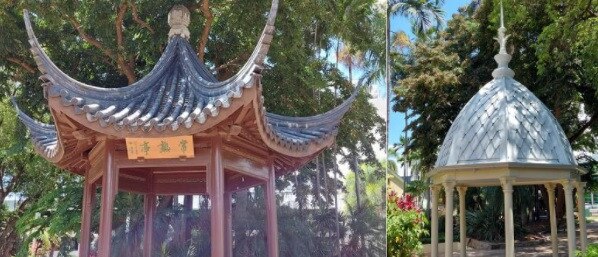
• Visiting Townsville Bulletin square, you never know what you might see.

• Legend has it, before Errol Flynn became one of the biggest movie stars in Hollywood, he was once involved in a Townsville street fight in the 1920s that began at The Australian in Palmer Street and went over the bridge and along Flinders Street to finish at the Exchange Hotel.
• There’s plenty of good vibes around the Mad Cow Tavern whenever they host one of their National Dildo Races.
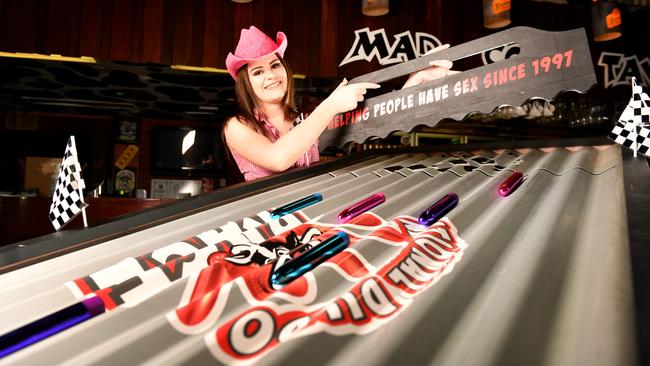
• In 2003, the Townsville Bulletin wrote about sightings of an apparition of a nun in the committee room in the Townsville City Council building, which raised theories about a connection to the former Saint Anne’s School, which previously occupied the site and was run by the nuns of the Sisters of the Society of the Sacred Advent.
• Other old CBD buildings such as The Mad Cow Tavern, Molly Malones, The Great Northern Hotel and the old Townsville Railway Station are also rumoured to harbour paranormal activity.

Pallarenda
• The suburb takes its name from Cape Pallarenda, named in 1864 by Lieutenant GP Heath, during his survey of Cleveland bay and it was presumed that Pallarenda is an Aboriginal name but its meaning is not known.
• The suburb is vulnerable to the impacts of storm tides, with residents forced to evacuate when significant cyclone events threaten.
• At the end of Cape Pallarenda Rd, you will encounter walking and mountain bike trails, along with Australian Brush-turkeys waiting to pounce on unattended picnics in the Cape Pallarenda Conservation Park.
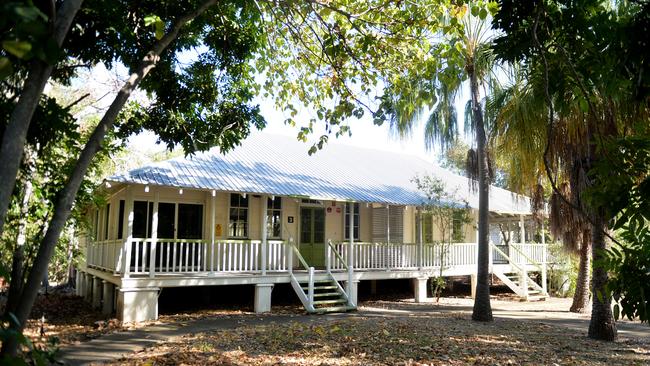
• In the park stands the heritage-listed Cape Pallarenda Quarantine Station which was originally located on Magnetic Island’s West Point before being relocated piece by piece in 1914. It was hive of activity during the Spanish flu pandemic in 1919 and the graves of 13 Vietnamese sailors who died of meningitis in 1920 are located behind the buildings.
• Visible from more than half of Townsville at the top of a hill near Cape Pallarenda, is a landmark that locals describe as the “Big Golf Ball”. It is a RAAF Townsville Weather Radar, located within a restricted access area.

• The historic remains of defence installations can be found around Mount Marlow that were designed to protect the northern entrance to Townsville Harbour and the shipping passage between the mainland and Magnetic Island.
• Cattle were believed to be driven between Pallarenda to Magnetic Island at low tide.
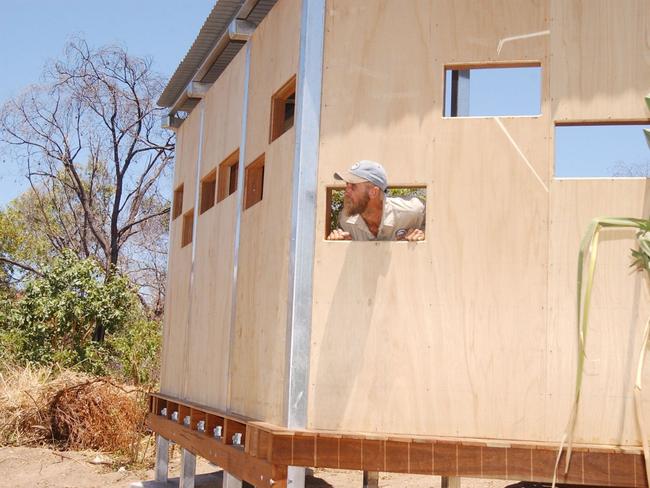
• In the Town Common you will find bird hides which offer ideal opportunities to view wetland birds (Brolgas are frequently seen), and open forest birds.
• The suburb has garnered notoriety for the prevalence of a practice known as “dogging”. If you don’t know what that is, you probably don’t want to know.
Condon
• Condon takes its name from the Irish Condon family (William Condon) who settled on the Ross River and had a dairy farm.

• Condon was ground zero for the “wallaby uprising” earlier this year where residents of Carlyle Gardens were under siege from the normally adorable marsupials. A woman was jumped on while gardening, leaving her with scratches on her back and she suffered a knee injury during a second attack. Just days after he was seriously injured, George Church, 85, fought off a wallaby with his thong.
More Coverage
Originally published as Explore the history of Townsville’s quirkiest suburbs





